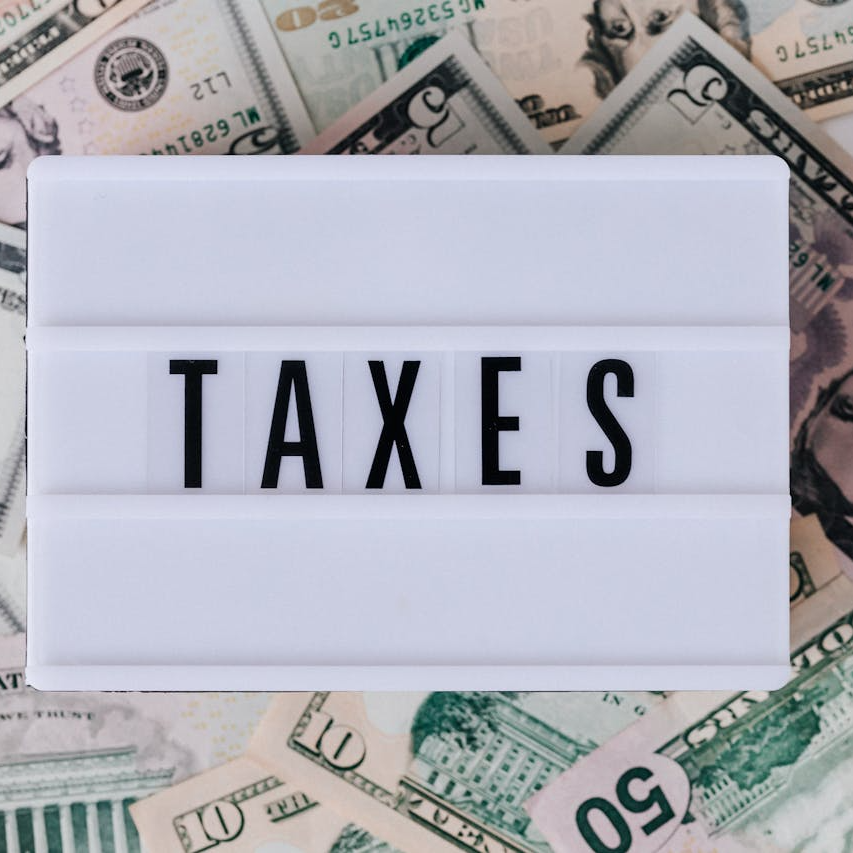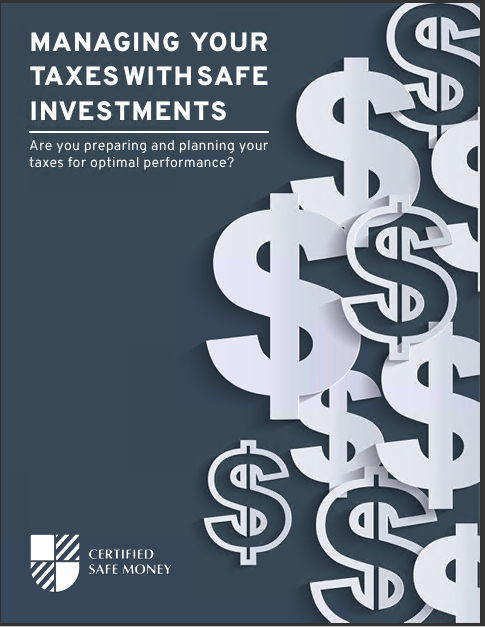Currently, there are delays in the Senate for the Build Back Better Act. This act includes several clean, renewable energy tax benefits, recent taxes on wealthy people and large corporations, and tax breaks for others. This year (2022) will see the introduction of a minimum of a recent tax provision, the expiration of a handful of other conditions, and the implementation of a minimum of a couple of new regulatory standards. Amortization of Research or Experimental Expenditures Taxpayers might no more deduct research and experimental expenditures as per Section 174 for money paid or accrued in tax years starting after 31st December 2021 but must gradually write them off over five years or later. The Tax Cuts and Jobs Act (TCJA), P.L. 115-97, was passed in late 2017 and made this adjustment. Significantly, irrespective of when taxpayers start to receive revenue from their research and experimental expenditures, the 5-year amortization phase begins in the middle of a tax year, whereby the expenses are incurred or paid [Section 174(a)(2)(B)]. Previous Section 174(b)(1), which formally applied to tax years starting before 1st January 2022, permitted taxpayers who didn’t already expense certain expenditures to delay their acknowledgment for up to sixty months, starting “with the period wherein the taxpayer initially derives gains from such expenses.” When taxpayers first placed the “invention, formula, process or similar property” derived from the expenses “to income-generating application” (Regs. Section 1.174-4(a)(3)), they received gains for this aim. An additional TCJA modification is that for research and experimental expenses due to “international research,” as stated in Section 41(d)(4)(F), the repayment period is now fifteen years. This provision of the Code establishes a tax credit for growing research activity. For Section 41 reasons, “qualified research” expenditures are described as charges that might be considered expenses under Section 174. Furthermore, liable to amortization are research and experimental expenses related to the creation of any technology (Section 174(c)(3), enacted by the Tax Cuts and Jobs Act). The Internal Revenue Service (IRS) has made no revisions to Section 174 rules to mirror these developments, like describing “software” or its creation for this reason. Carried Interests Although not fresh for 2022, one other TCJA adjustment may be faced more often than formerly. There is a 3-year minimal level wait time for capital gain handling the exchange or sale of an Applicable Partnership Interest (API) under Section 1061, frequently referred to as a carried interest or profits interest. It implies that the ï¬rst procurements of API are liable to this lengthier holding time (acquired after or on 1st January 2018). The Tax Cuts and Jobs Act (TCJA) introduced Section 1061 to the Code. The net perpetual capital gain regarding an Applicable Partnership Interest (API) is ascertained by implementing a loss treatment or a holding time of three years for endless capital gain instead of a year. Any form of interest in a collaboration transferred indirectly or directly to taxpayers about those taxpayer’s or any associated individual’s performance of multiple services in just about any business or trade of returning or raising capital and disposing of, investing in, or building commodities, securities, real estate properties retained for investment or rental. Other defined assets are Applicable Partnership Interests (APIs). The ultimate regulations (T.D. 9945) giving direction on this shift pertain to pass-through entities and owner-taxpayers for tax years starting after or on 19th January 2021 (that is, for calendar-year entities and taxpayers, 2022). Still, entities and taxpayers may well have implemented them to the lone tax year starting after 31st December 2017, given that they did that in their totality to that year and the following years. In November, the Internal Revenue Service (IRS) released a list of frequently asked questions (FAQs) to assist pass-through entities and taxpayers with their filing and reporting obligations within the ultimate regulations, plus worksheets for Applicable Partnership Interest (API) owners’ Schedules K-1, Share of the Partner’s Income, Deductions, Credits, and other items for tax returns submitted after December 2021 wherein a collaboration or some other pass-through agency implements the final regulations. In a correspondence to IRS authorities dated 23rd December 2021, the American Institute of Certified Public Accountants recommended explanations and other changes about commonly asked concerns. Executive Compensation for Exempt Organizations Ultimate regulations were also released for the Section 4960 excise tax, which is equivalent to the 21% corporation rate, on a yearly salary of more than $1M remitted to particular CEOs and other highly compensated workers of relevant tax-exempt entities for tax years starting in the year 2022 and later (T.D. 9938). The Tax Cuts and Jobs Act (TCJA) also adds Section 4960 to the Code, pertaining to taxes on “excessive parachute payments.” Expired provisions Personal tax relief measures approved under the American Rescue Plan Act, P.L. 117-2, for 2021 have received much interest lately, and some of them will be extended by the Build Back Better Act for 2022. The American Rescue Plan Act’s hikes and expansions of child tax credits, as well as its month-to-month advance remittances that have already terminated since the payment made in December 2021, are some of the most notable. The remittances would continue when the Build Back Better Act is approved, with a continuation of that clause for the year 2022 (as approved by the House). However, the IRS hasn’t specified how soon it could reconfigure its procedures to handle them. Aside from those sections that will expire, numerous pre-American Rescue Plan Act “extender” elements expired when the year 2021 came to an end. Apart from one reasonably widespread listed deduction, the classification of payments for some eligible mortgage insurance as eligible residence interest [Section 163(h)(3)(E)(iv)], only a handful of them are generally applicable. Ever since its inception sometime in 2007, this clause has periodically lapsed [as well as at the end of last year (2020)] and been extended, sometimes retrospectively, by the Consolidated Appropriations Act (CAA) (for 2021, P.L. 116-260). The philanthropic donations exemption for nonitemizers [under Section 170(p)] was likewise extended by the CAA for 2020 and somewhat adjusted for 2021. However, it has since lapsed. Other clauses that terminated on 31st December 2021 include: • Energy and fuel credits for particular non-business energy assets [Section 25C(g)]; • Energy and fuel credits for eligible fuel cell cars [Section 30B(k)(1)]; • Energy and fuel credits for non-conventional fuel vehicle refilling property [Section 30C(g)]; • Energy and fuel credits for plug-in 2-wheeled electric cars [Section 30D(g)(3)(E)(ii)]; • Producer credit for 2nd-generation biofuel [Section 40(b)(6)(J)]; • Indian coal production credit [Section 45(e)(10)(A)]; • Credit for Indian employment [Section 45A(f)]; • Energy and fuel credits for the development of fresh environmentally friendly homes [Section 45L(g)]; • Outlay payments and excise tax credits for alternative energy [Section 6426(d)(5) and 6427(e)(6)(C)]; and • Excise tax credits for alternative energy assortments [Section 6426(e)(3)]. Special Regulations for Depreciation • Calculation of modified income taxes regardless of deductions for depletion, amortization, or depreciation for the sake of the corporate interest restriction [Section 163(j)(8)(A)(v)]; • 3-year recovery time for racehorses two-year-olds or younger [Section 168(e)(3)(A)]; and • Fast-tracked depreciation for corporate assets on Indian reservations [Section 168(j)(9)].
Contact Information:
Email: dakota1339@aol.com
Phone: 4022508277
Bio:
Carl Wyllie is an advisor focused in areas of Medicare, retirement, estate planning, and crisis planning. Carl works with individuals of all ages in planning for their retirement. He is uniquely effective in building working relationships between their families and elder care law attorneys to assist them in avoiding a healthcare crisis. Carl is particularly sensitive to helping provide the means for his clients to maintain their independence and dignity when a change in their health occurs due to the natural aging process.














